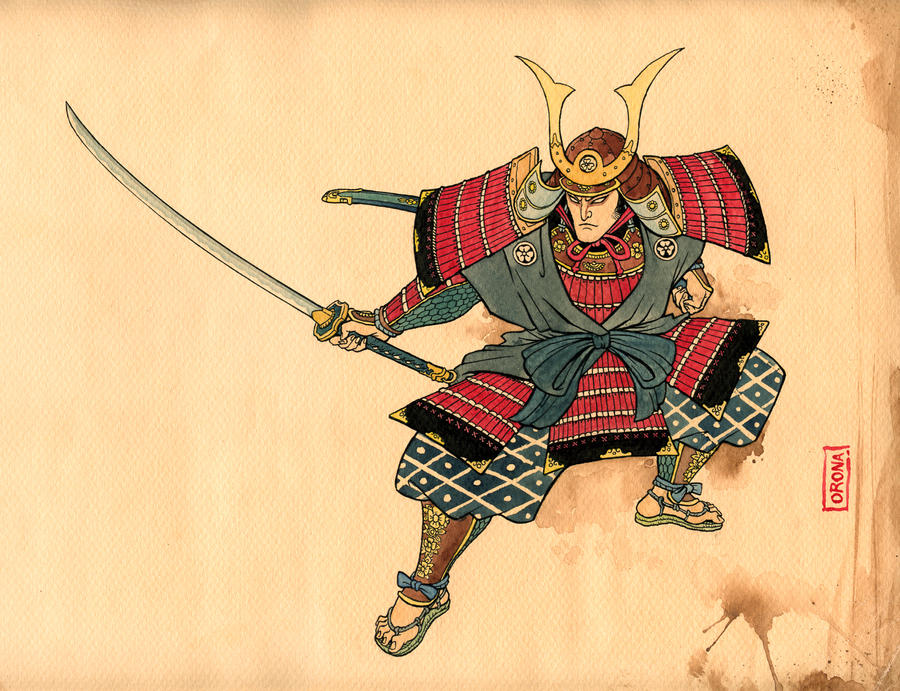The Ukiyo-e school developed out of early seventeenth century fūzokuga ('genre paintings') of the entertainment districts of Kyoto and Osaka. However, by the late seventeenth century, the centre of demand for these works had moved east to the Shogun's capital city of Edo (modern Tokyo), with the rapid growth of the wealthy merchant class there.

Ukiyo-e artists worked in a number of formats. Printed books (guide-books, picture-books, illustrated narratives, and illustrated poetry anthologies) grew in popularity as literacy rates increased. Many Ukiyo-e artists were also commissioned by rich clients to produce hanging-scroll paintings (nikuhitsu), often showing single figures of celebrated courtesans. However, it was the single-sheet woodblock print that was most readily available as a cheap memento or pin-up, and many thousands of designs were produced by a succession of highly accomplished artists.

Many of the earlier Ukiyo-e prints by artists such as Hishikawa Moronobu, Sugimura Jihei (worked about 1680-1705), Torii Kiyomasu I (worked about 1700-20), Nishimura Shigenaga (died 1756) were hand-coloured. From the early 1740s, Okumura Masanobu (?1686-1764) and others started to use a limited number of colour blocks.
No comments:
Post a Comment